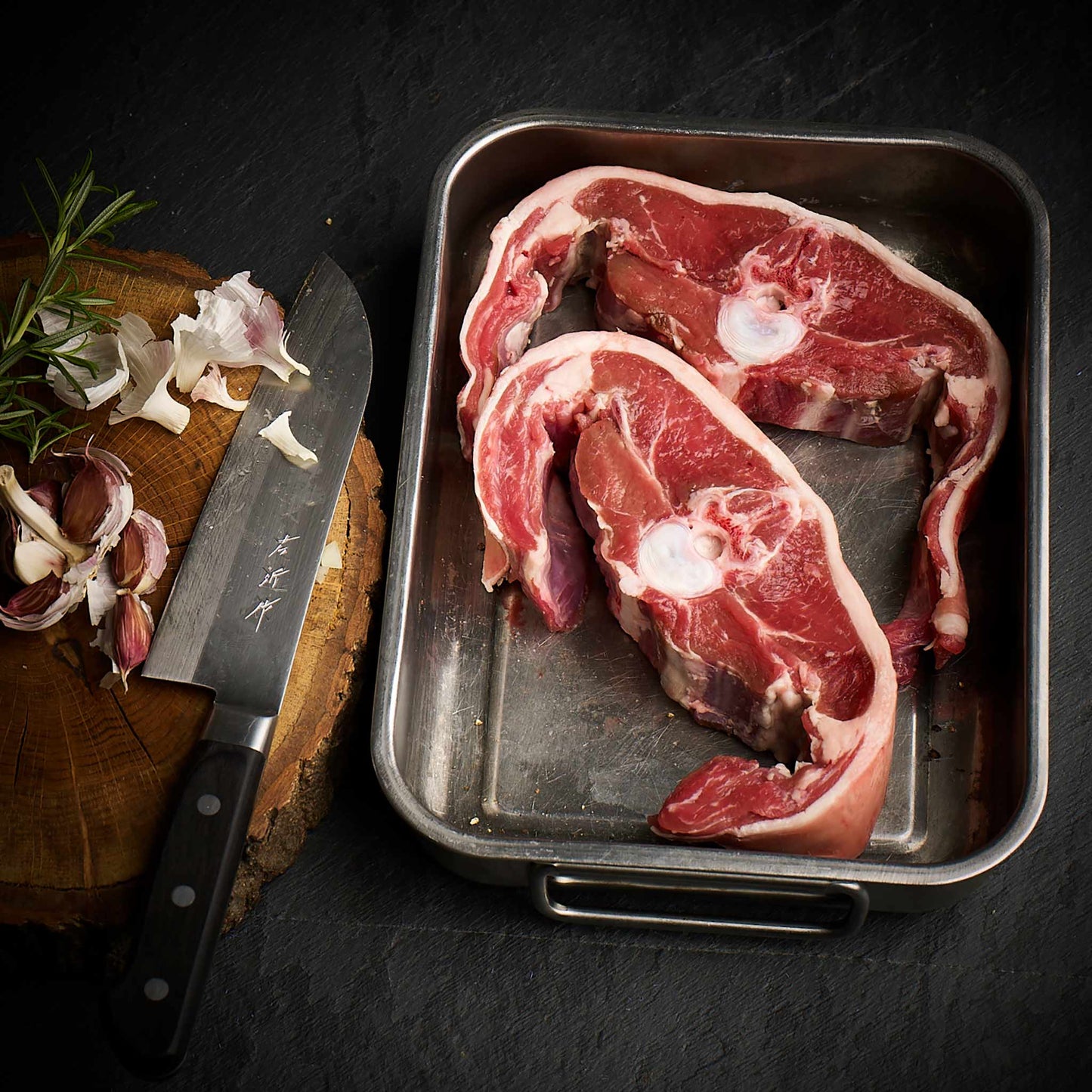We source our chicken from one farm in Leicestershire. The farm is Pasture for Life certified and rears truly free range, outdoor birds.

This year our #Regenuary campaign is focussing on food service and how the foods we eat outside of the home can be prepared with a lower impact, be it fine dining or a sandwich from a petrol station, small changes adopted on mass scale can make a huge difference.
The 5Rs.
In sustainability and zero waste systems there is an often used guide called the 5rs, there are a few variants of this but for our purpose we will define them as:
- Refuse
- Reduce
- Reuse
- Recycle
- Rot (compost or ferment)
To learn more about the origin of the 5 Rs please see the first post in the series.
REDUCE
The second tenet of the 5 Rs is to reduce and this can be interpreted in a few ways so we will consider how it applies to both packaging and to ingredients.
Reducing packaging
Sometimes it's simply not possible to have a packaging free delivery, as much as we can refuse packaging with ingredients such as meats vegetables and perhaps baked goods, items that can be loaded directly into storage areas in reusable returnable crates liquids and powders cannot, they require containers.
So how can we reduce the impact of unavoidable packaging?
First of all work out what is truly unavoidable. A great example of this is how we have helped to connect our friends at Hollis Mead Organic Diary with Silo restaurant.
As we deliver to Silo we are able to offer Hollis Mead a much more convenient drop off point in London for their incredible 100% pasture raised regenerative organic dairy products in reusable metal churns like this.

We then drop these full churns with Silo and bring back the empty ones when we deliver our meats, the same process happens with Hollis Mead who collect empties and bring full ones to us.
No extra journeys are created and no packaging is used, it is a circularity that has reduced waste and allows the ethics of Silo to work with Hollius Mead, it also introduced Hollis Mead to the concept of using this method with other food service customers, the effect was upstream.
This example of cooperation is a perfect case study of how a solution can be found through a bit of lateral thinking.
Unavoidable packaging.
When packaging simply can't be reused in this way and is unavoidable we must consider materials. Arguably the best materials to choose are glass and aluminium as they are the most easily recycled, wherever possible avoid plastics that are designed to be used only once.
Another consideration for reducing impact and materials is to order as much as you can at any one time in as large containers as possible. Larger container hold more product per container material thus reducing the pure mass of recycled materials.
If you know you will use a certain quantity of a shelf stable product and you have the storage then ordering more product less frequently massively cuts down on the inevitable fossil fuels used to transport the goods to you, it's also possible that you can gain a price advantage by ordering larger amounts.
Reducing food orders
It might sound contrary to the advice given above about ordering larger quantities to save money and packaging but we've been told by our customers in food service that as much as 50% of food that comes into a kitchen is not eaten and in fine dining establishments this figure can be as high as 80%.
In order of most to least wasted, the most wasted food products in the hospitality and food sector are:
- Potatoes
- Fruit and veg
- Bread and baked goods
- Pasta and rice
- Meat and fish
One very simple method of reducing waste of the carbohydrate based items is to simply offer small portion sizes, if plates are coming back to the kitchen with a pattern of waste this can be addressed.
Other solutions can be as simple as cooking skin on fries or not peeling veg that doesn't have to be peeled, if the wastage is cut down it might be possible to switch to an organic supplier where pesticide residue on skins is not an issue.
Leftover scraps of both plant and animal origin can be used for stocks, broths and sauces or as Silo do, fermented into garums or lacto fermented into new side dishes and flavourings.



